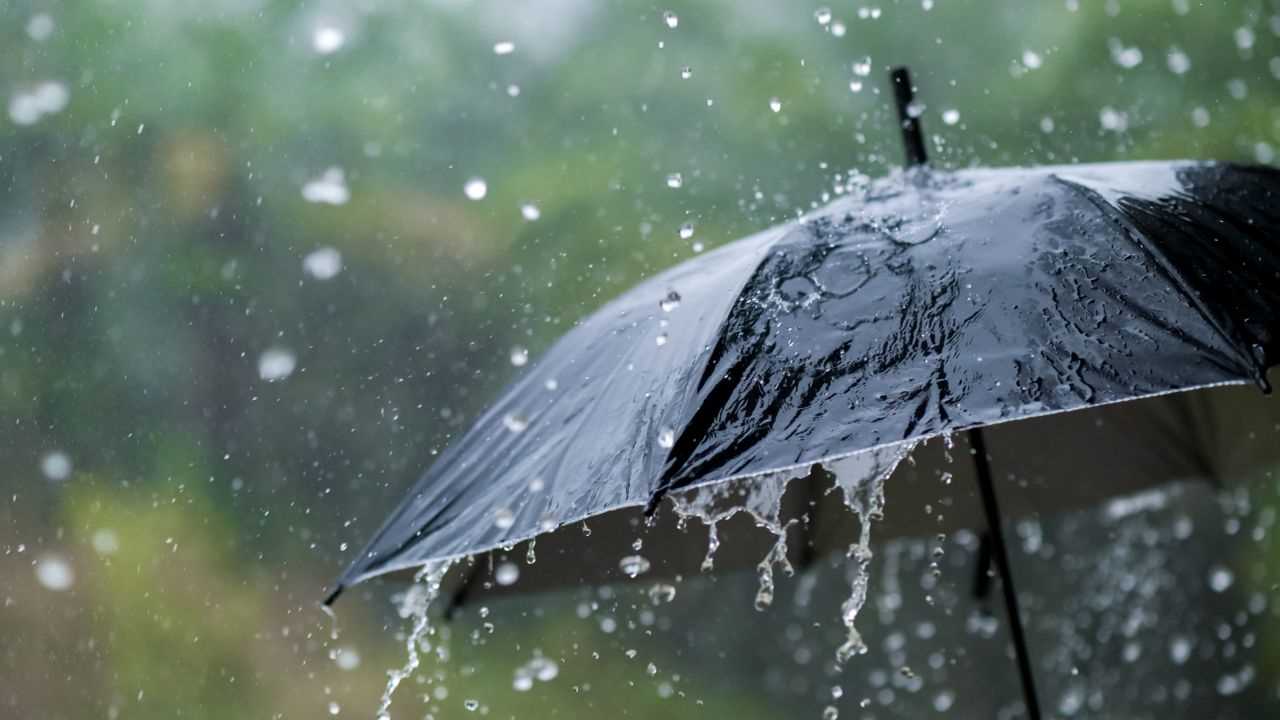
The heatwave in Kashmir has receded after intermittent rainfall for the last two days, reducing the precipitation deficit and ending a prolonged dry spell and humid days.
Srinagar and other northern districts of the Valley received intense rainfall for a brief period of time since yesterday causing water logging at many low-lying locations.
The rainfall brought relief from 15-days long heatwave and the two month long hot weather conditions in J&K during which temperature hovered between 33-37 degrees Celsius, Director Meteorological Department Kashmir Mukhtar Ahmad said.
He said as per the forecast intermittent rain will continue in Jammu and Kashmir up to July 11.
“From July 11 onwards, there will be a period of dry weather with hot and humid days, with temperature hovering around 30 degrees Celsius. And from 14 to 16 there are chances of more rainfall in Jammu and Kashmir,” he said.
Mukhtar said the precipitation deficit of 50 percent for June and July has decreased.
The MeT has issued a weeklong forecast, indicating that from July 9-10, the weather will be generally cloudy with intermittent light to moderate rain and thundershower at many places in Jammu and Kashmir.
“From 11-13th July, hot and humid weather with a spell of light rain, thundershower will occur at scattered places, and from 14-16th July, a spell of light to moderate rain and thundershower will occur at many places,” the MeT said.
The MeT advised that flash floods may occur at few vulnerable places with landslides and mudslides, and shooting stones.
It also warned of rise in water level in rivers, streams, local nalas and water logging in few low lying areas.
The heatwave and dry spell had impacted paddy and other agricultural activities, causing drought-like conditions at many places.
Farmers and orchardists in Kashmir, who were struggling due to dry conditions, have welcomed the forecast, hoping the rain will provide much-needed moisture for crops and fruit trees.
It has caused water scarcity in the valley, drying up springs, streams and compelling the Jal Shakti department to supply water tankers.
Over the past several weeks, J&K has been reeling under an unprecedented heatwave, with temperatures crossing historical highs.
Srinagar recorded a maximum temperature of 37.4°C, breaking a 72-year-old record, while other parts of the Valley also witnessed unusually hot and dry weather.
The heatwave in Kashmir has receded after intermittent rainfall for the last two days, reducing the precipitation deficit and ending a prolonged dry spell and humid days.
Srinagar and other northern districts of the Valley received intense rainfall for a brief period of time since yesterday causing water logging at many low-lying locations.
The rainfall brought relief from 15-days long heatwave and the two month long hot weather conditions in J&K during which temperature hovered between 33-37 degrees Celsius, Director Meteorological Department Kashmir Mukhtar Ahmad said.
He said as per the forecast intermittent rain will continue in Jammu and Kashmir up to July 11.
“From July 11 onwards, there will be a period of dry weather with hot and humid days, with temperature hovering around 30 degrees Celsius. And from 14 to 16 there are chances of more rainfall in Jammu and Kashmir,” he said.
Mukhtar said the precipitation deficit of 50 percent for June and July has decreased.
The MeT has issued a weeklong forecast, indicating that from July 9-10, the weather will be generally cloudy with intermittent light to moderate rain and thundershower at many places in Jammu and Kashmir.
“From 11-13th July, hot and humid weather with a spell of light rain, thundershower will occur at scattered places, and from 14-16th July, a spell of light to moderate rain and thundershower will occur at many places,” the MeT said.
The MeT advised that flash floods may occur at few vulnerable places with landslides and mudslides, and shooting stones.
It also warned of rise in water level in rivers, streams, local nalas and water logging in few low lying areas.
The heatwave and dry spell had impacted paddy and other agricultural activities, causing drought-like conditions at many places.
Farmers and orchardists in Kashmir, who were struggling due to dry conditions, have welcomed the forecast, hoping the rain will provide much-needed moisture for crops and fruit trees.
It has caused water scarcity in the valley, drying up springs, streams and compelling the Jal Shakti department to supply water tankers.
Over the past several weeks, J&K has been reeling under an unprecedented heatwave, with temperatures crossing historical highs.
Srinagar recorded a maximum temperature of 37.4°C, breaking a 72-year-old record, while other parts of the Valley also witnessed unusually hot and dry weather.
© Copyright 2023 brighterkashmir.com All Rights Reserved. Quantum Technologies